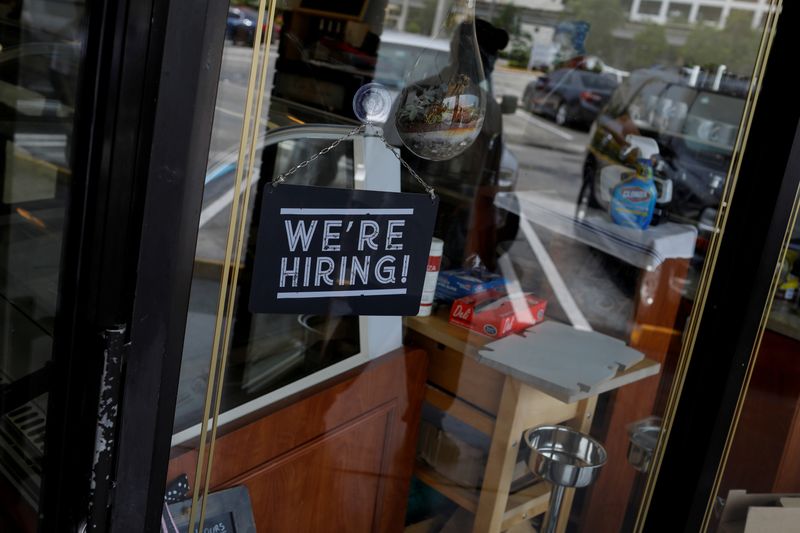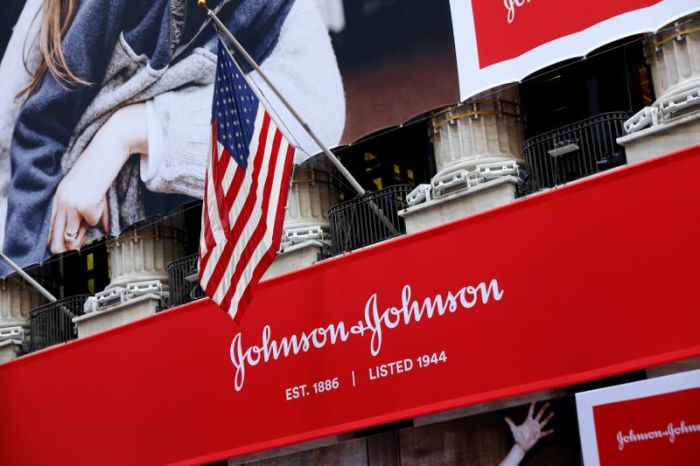(Reuters) – The number of Americans filing new claims for jobless benefits inched down last week, signaling the U.S. labor market is making little fresh headway in getting millions of people back on the job after being out of work due to COVID-19 disruptions.
Initial claims for state unemployment benefits totaled a seasonally adjusted 840,000 for the week ended Oct. 3, compared with an upwardly revised 849,000 in the prior week, the Labor Department said on Thursday. Economists polled by Reuters had forecast 820,000 applications in the latest week.
While last week’s level of new claims was the lowest since March, they have stalled at historically high levels after dropping below 1 million in August as the government changed the way it strips seasonal fluctuations from the data. They are above their 665,000 peak during the 2007-09 Great Recession, though filings have dropped from a record 6.867 million at the end of March.
The data on new claims for the past two weeks has been distorted by California taking a two-week hiatus in reporting its numbers because of problems with a backlog of filings and indications of fraud.
“With California pausing initial claims for two weeks, the change in initial claims … is a hollow metric,” AnnElizabeth Konkel, economist at Indeed Hiring Lab, said in note. “Headline number aside, the report points to a wounded economy that’s not in good shape for winter.”
The number of people continuing to draw benefits after their initial claim for assistance fell to 10.976 million in the week ended Sept. 26 from 11.979 million the week before. Economists polled by Reuters had forecast continuing claims at 11.4 million.
A wider measure of those drawing assistance under measures enacted by Congress earlier this year showed 25.5 million people receiving benefits in the week ended Sept. 19, a decrease of about 1 million.
On Wall Street, stocks were higher for a second day as investors clung to the hope that the elevated claims data might be a catalyst for a new round of federal pandemic relief. The S&P 500 <.SPX> was up 0.5% at a one-month high.
Labor market gains from the reopening of businesses are fading. Last Friday’s employment report for September – the last one before the Nov. 3 presidential election – showed the fewest number of jobs created since the labor market began recovering in May. Roughly half of the 22.2 million people who lost their jobs in the early days of the pandemic remain out of work.
Economists are predicting a further slowdown in hiring through the rest of 2020 and into 2021, especially without another federal pandemic assistance package.
U.S. President Donald Trump on Thursday said talks with Congress had restarted on targeted fiscal relief. Earlier this week, Trump cut off negotiations with Democrats on new aid, shortly after being released from Walter Reed Medical Center, where he had been treated for COVID-19.
Meanwhile, progress containing the coronavirus remains elusive, with cases rising across much of the country and a surge expected in the fall, which could lead to the reimposition of restrictions on businesses in the hard-hit services sector.
“Putting a damper on forecasts for broad, near-term economic improvement are the rising numbers of COVID-19 cases in the U.S. and the dim prospects for further substantial federal relief legislation,” Bankrate.com Senior Economic Analyst Mark Hamrick said in a note. “Many Americans are still facing the prospect of layoffs, and businesses of all sizes are facing the threat of failure, reduced sales and or capacity.”
(Reporting By Dan Burns; Editing by Chizu Nomiyama and Andrea Ricci)



















